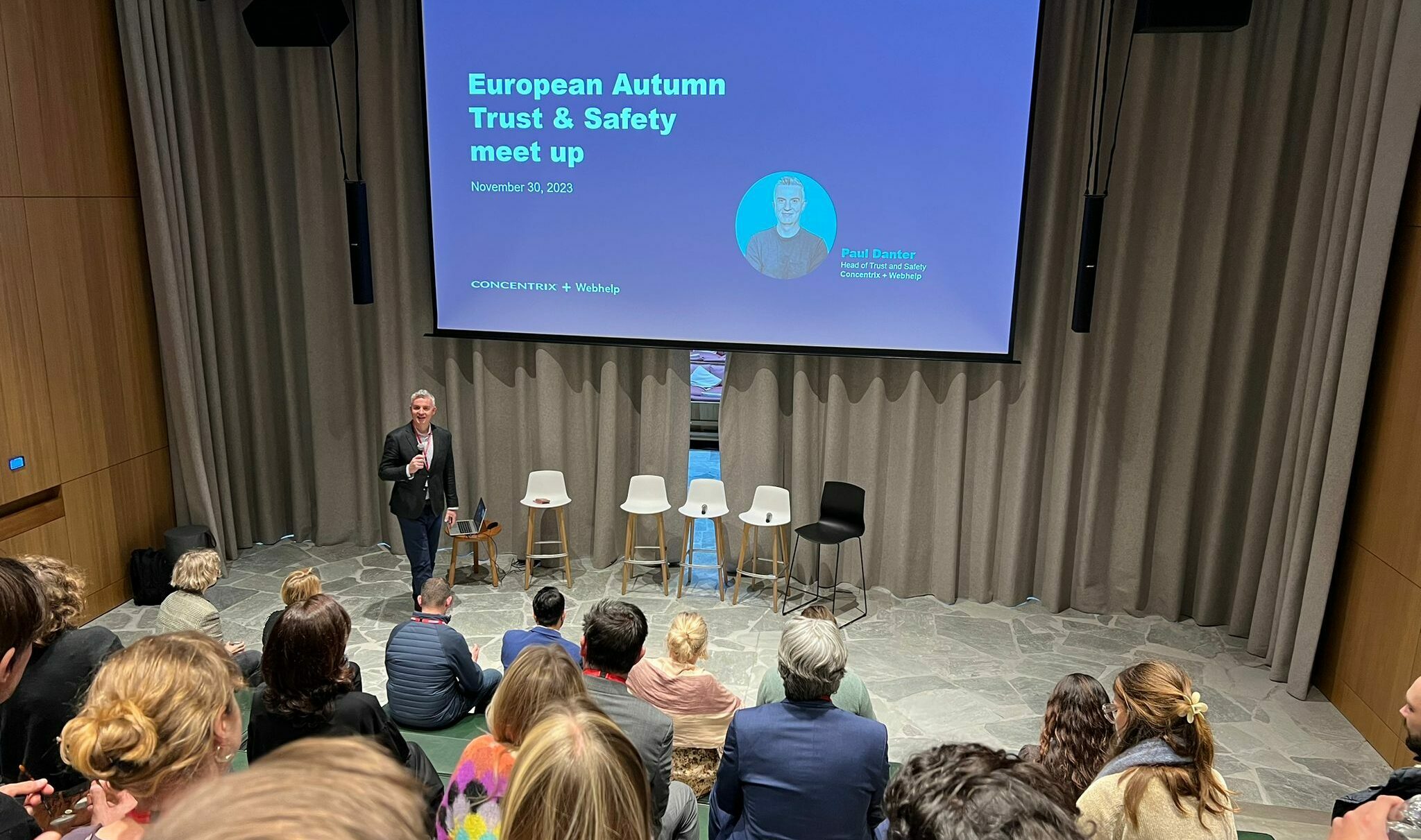The Disrupters is one of the most recent podcasts launched by the BBC. Featuring the Editorial Director of BBC News, Kamal Ahmed, and entrepreneur Rohan Silva, each week the presenters lift the lid on the realities of starting a new business. So far they have featured companies such as LinkedIn, Lastminute.com, The Cambridge Satchel Company, and DeepMind.
What is clear from the approach taken by this podcast is that industrial disruption can be positive. This runs counter to how most of us feel when we are affected by disruption. Most of us want security and stability at home and at work. To say that disruption is positive does not ring true for all of us, but look at some of those disruptors and what they have achieved.
LinkedIn has shaken up various industries, but most fundamentally recruitment. Lastminute.com led travel agents online and redefined online flight and hotel bookings. The Cambridge Satchel Company showed how a great idea and stylish product could quickly go global, and DeepMind (especially since the acquisition by Google) is shaping how we see Artificial Intelligence. All of these companies reshaped their industry and all these disruptions are now seen as positive.
As a shoe lover, one of my favourite stories of industrial disruption is Zappos. Now owned by Amazon, Zappos originally started out in 1999 as the first ever company that tried to sell shoes online. Even the Zappos CEO Tony Hsieh admits that selling shoes online sounded like a bad idea back in the nineties, but shoes were a $40bn a year market in the US at that time and 5% of those sales were already mail order, so Zappos was born.
A 2010 Harvard Business Review article by Tony Hsieh indicates how Zappos did more than just change the way that people bought shoes. Zappos redefined customer service and made the entire customer experience (CX) a strategic priority. Look at some of the points raised nine years ago by Hsieh in his HBR feature:
- CX is how the customer sees the brand; Zappos already knew that they needed great people in the contact centre because this is the one place that customers directly interact with the brand. Each call influences how a customer feels about the brand.
- Emotional impact; handling customer calls is not about dealing with a problem as fast as possible. It’s about creating an emotional impact and a lasting memory. Even if the customer called to complain, you want them to leave that call thinking, what a great company, I’m going to buy from those guys again.
- CX is advertising; Zappos believed even in 2010 that money spent on customer service was more valuable than money spent on advertising. A person telling their friends about Zappos is advertising that you just cannot buy.
- Returns Factored In; Zappos factored in the cost of returned products as part of their marketing budget because many customers would only buy if they could order several sizes and return the ones they don’t need.
- Easy to reach; the contact details for customer service are at the top of every single web page – never buried away deep inside the web site so it’s almost impossible to find out how to get help.
- Anything for the customer; the contact centre is not measured on call times or sales, just customer satisfaction. The longest measured call time to date was over six hours and representatives are encouraged to do anything to help out the customer. One sent flowers to a customer who had forgotten to return some shoes they did not need – the person was distracted by a death in the family and is now a customer for life. This empowerment is typical of the Zappos approach, do whatever it takes to help the customer.
That HBR feature was from nine years ago. What it demonstrates to me is that many of the CX disruptions we see in the business media as contemporary strategic discussions were already being implemented by Zappos a decade ago. Why are we still reading earnest business journals discussing the value of CX when Tony Hsieh was doing it all for real in Las Vegas so long ago?
In a more recent 2017 profile of Zappos in Forbes magazine, the writer Micah Solomon is surprised to find metrics counting flowers inside the Zappos contact centre. When he asked what the flower score means he was told, that’s how many bouquets we have sent out to customers in the past month and year. Zappos didn’t just disrupt shoe retailing in the US, they set a standard for valuing customers – globally.
When you are facing an uncertain future because of digital or industrial disruption then it certainly can feel unsettling and negative, but it can lead to a better state. As Zappos demonstrated long ago, the conversation between a customer and brand on the telephone should in fact be at the very heart of every corporate strategy.
In case you haven’t registered yet, Sign up to receive fresh insights and invitations to exec events with our Webhelp Disruptor Series campaign: https://www.go.webhelp.com/disruptorseries
Get in touch if you’re facing disruption – or want to disrupt – and want to talk through the implications for CX. E: helen.murray@uk.webhelp.com
Author: Helen Murray


![[Fashion] Choosing the right partners to grow your business in 2024, at a time when trust is fragile](https://media.webhelp.com/wp-content/uploads/2023/12/21090253/Office-Showcase-2.png)


